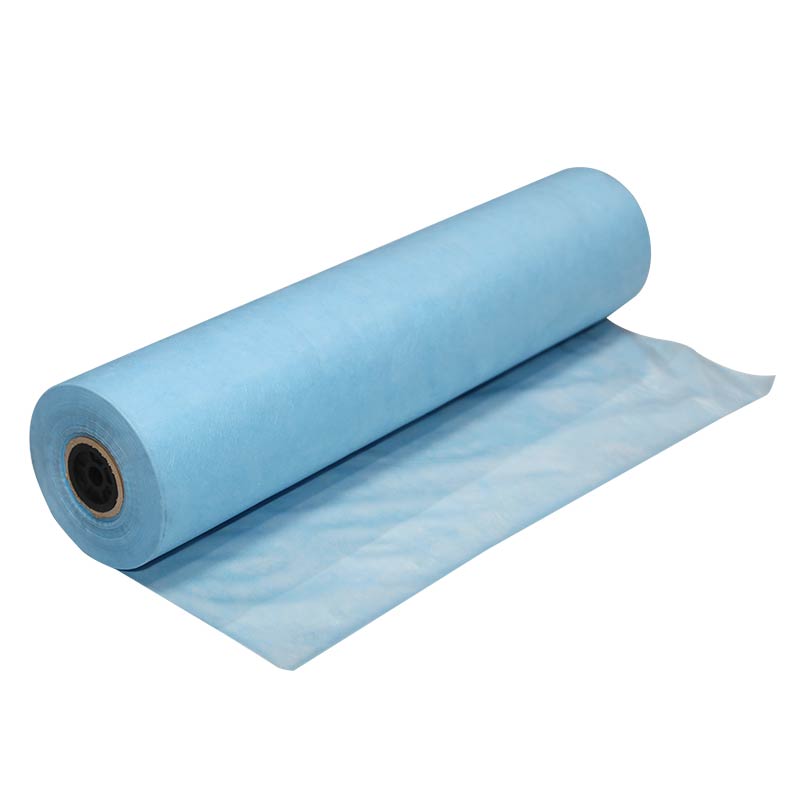Laminated non woven fabrics are a type of non woven fabric which is made by melting olefin type resin. This process of melting is performed in a multi axial extruder. These types of non woven fabrics are used for various purposes, which include packing, life vests, sporting pads and rafts. They are characterized by high strength, high barrier performance, water-resistance and softness. There are a variety of materials available, such as polyester-type fibers and polyethylene terephthalate. Each has its own unique characteristics. Depending on the application, the diameter of each individual melt-blown non woven fiber may vary.
The melting process is carried out in a temperature range of 200 deg to 320 deg C. When the melting is complete, a multi axial extruder is used to knead the melted resin. In the subsequent stage, the material is subjected to water-jet working.
Aside from being highly durable, this laminated non woven fabric also has good thermal resistance. In fact, the gauge coefficient of variation is less than one percent. Besides, this laminated fabric can also resist delamination. Moreover, the material has slow flame resistance and is dimensionally stable up to 350 deg F. Its high strength and durability make it a valuable resource for jobs involving water.
For this purpose, a layer of spin-bonded non woven fabric of polyester-type fibers is laminated on an intermediate layer of melt-blown non woven fabric. To bond this fabric, it should be bonded at a coarse density. Several techniques have been proposed to achieve this, including needle punching and ultrasonic-wave working. However, these processes have a number of shortcomings. For example, the fibers in conventional spun-bonded non woven fabric cannot be intermingled with those in the melt-blown fabric. Similarly, the process of heat-embossing and ultrasonic-wave working results in several inconveniences.
In addition to this, these non woven materials are generally low in density and poor in delamination properties. However, this laminated non woven fabric is made from high-quality raw materials and has a premium finish. Apart from its applications in industry, this fabric is also used for hydrostatic pressure regulators, SCUBA buoyancy compensators, life vests, and water-repellent materials.
Other advantages of this laminated non woven fabric are its high strength and its permeability. It can be used for different industries, such as healthcare, automotive, and sports. Moreover, the material has a soft surface and is highly pliable. Therefore, it can be easily laminated with adhesive films and thermoplastic materials. Moreover, it can be bonded from one to four plies. Lastly, its high barrier performance makes it useful for the packaging and environmental sanitation fields.
Another advantage of this laminated non woven fabric is that it is easy to clean. Hence, it is able to perform its functions in an effective manner. This laminated fabric is widely used for industrial production, life vests, sporting pads, and rafts. Moreover, its permeability and water-resistance make it a useful resource for the field of environmental sanitation. Finally, its low off gas toxicity allows it to be used in recreational settings.

